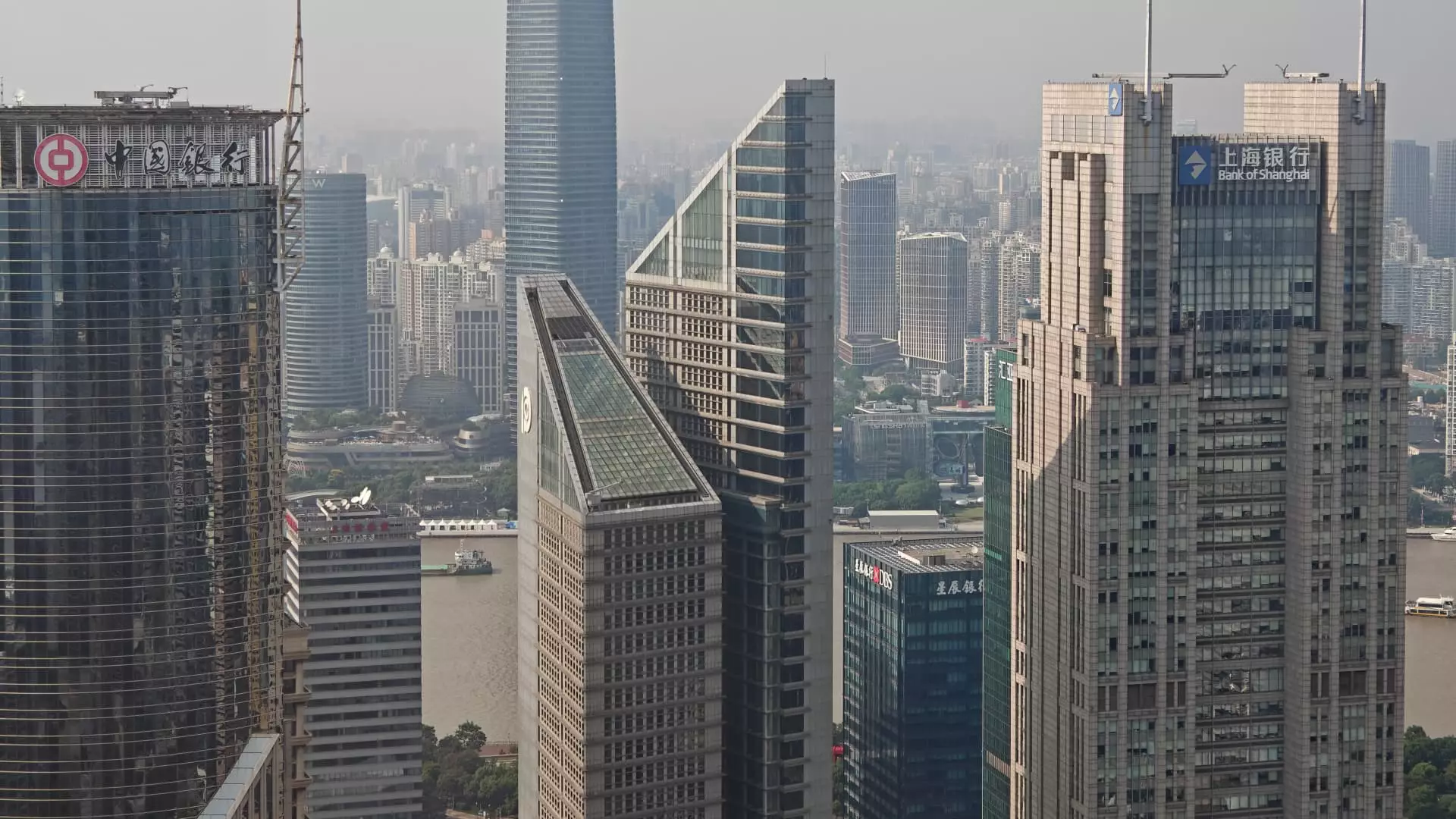Warning Signs in Chinese Markets: Why Caution Is the Only Rational Approach Now

The Chinese investment landscape is increasingly shrouded in ambiguity, with recent developments suggesting that a defensive posture is not only wise but necessary. Despite relatively stable overall market performances, underlying economic and political signals warn of turbulence ahead. Policymakers’ inability — or reluctance — to stimulate sustained growth, combined with geopolitical uncertainties and looming trade deadlines, make a strong case for investors to tighten their risk exposure. The narrative of robust Chinese markets is, at best, overly optimistic; at worst, dangerously misleading.
The Chinese government’s recent inaction, particularly during the crucial Politburo meeting, highlights a reluctance to implement necessary reforms or aggressive stimulus measures. This stall creates the perilous impression that economic momentum might falter again, risking a revisit to the sluggish growth patterns observed over the past year. Meanwhile, external pressures, such as the expiration of key trade truce terms with the U.S., threaten an escalation of tariffs and retaliatory measures that could further destabilize the market. As trade uncertainties mount, investors must recognize that some of the most promising opportunities are increasingly tethered to a fragile geopolitical environment.
The Divergence Between Chinese and Hong Kong Markets Reflects Broader Risks
Within the broader Chinese ecosystem, contrasting performances of mainland stocks and Hong Kong-listed equities serve as a stark reminder of shifting investor sentiment and economic realities. The Hong Kong market, heavily influenced by technology giants like Alibaba and Tencent, enjoyed a significant rally—up about 20% in the first half of the year—yet underlying vulnerabilities persist. Conversely, the Shanghai Composite’s sluggish growth, under 3%, underscores the stagnation in state-driven industries and the cautious stance of domestic investors.
This divergence exposes a crucial insight: international investors, while eyeing the tech sector and its potential, remain wary of the slower-moving, more state-dependent parts of the Chinese economy. The distortion caused by government intervention and the politically driven support for certain sectors has created an uneven playing field. Given the increasing restrictions on capital flows and investment access faced by mainland Chinese investors, the outlook suggests a potential for increased market fragmentation and volatility. Investors who chase high-growth narratives that revolve around Chinese tech firms must confront the reality that systemic risk, geopolitical tensions, and policy uncertainty are shaping a less predictable environment.
Dividend and Fixed-Income Plays—A More Stable, but Not Risk-Free, Strategy
Amid the turbulence, some analysts advocate for a more conservative stance focused on high-dividend stocks and fixed-income assets. Chinese insurers like PICC P&C, with yields around 4.5%, and state-backed utilities such as PetroChina and CR Power are seen as safer bets in a volatile landscape. The appeal is clear: these stocks offer a tangible income stream, providing some insulation from broader market swings.
Yet, even these seemingly resilient assets are not immune to risks. Political interference, regulatory crackdowns, and the shifting landscape of capital controls can undermine their stability. While dividend plays can provide interim refuge, over-reliance on such assets risks masking the deeper structural weaknesses in China’s economy. It is a short-term strategy that should be complemented with a clear understanding of the vulnerabilities underlying these income-generating assets. Market participants must remain vigilant, especially as the Chinese government’s long-term commitment to economic reform remains uncertain.
The Global Context and Investment Trends Toward China
International investors’ changing perceptions of China’s market risks further complicate the picture. While foreign institutional investors still consider U.S. stocks relatively safer, they are increasingly drawn toward European or emerging markets to diversify their holdings. The allure of high-yield Chinese stocks, such as PetroChina’s 7.3% dividend yield, offers an attractive proposition on paper—yet these yields often come with underlying risks that are overlooked in search of quick gains.
Mainland investors, meanwhile, are striving for higher returns domestically in a landscape characterized by restrictions and limited market access abroad. Their interest in high-yield assets reflects a desire for better compensation for risk, but it also underscores a disconnect: the pursuit of yield in a market that is increasingly politicized and unpredictable. As the Chinese government doubles down on control over its economy and capital flows, the window for stable, long-term investment opportunities narrows considerably.
The prevailing narrative about China’s markets needs a stark reassessment. The risks—geopolitical, political, and structural—are mounting at a pace that makes aggressive positioning reckless. As investors, our best approach is to be skeptical of the apparent stability and to prepare for heightened volatility. Embracing a more conservative stance, with a focus on income and risk-hedging assets, not only aligns with conservative risk management principles but may also prevent costly misjudgments in an increasingly uncertain environment.





